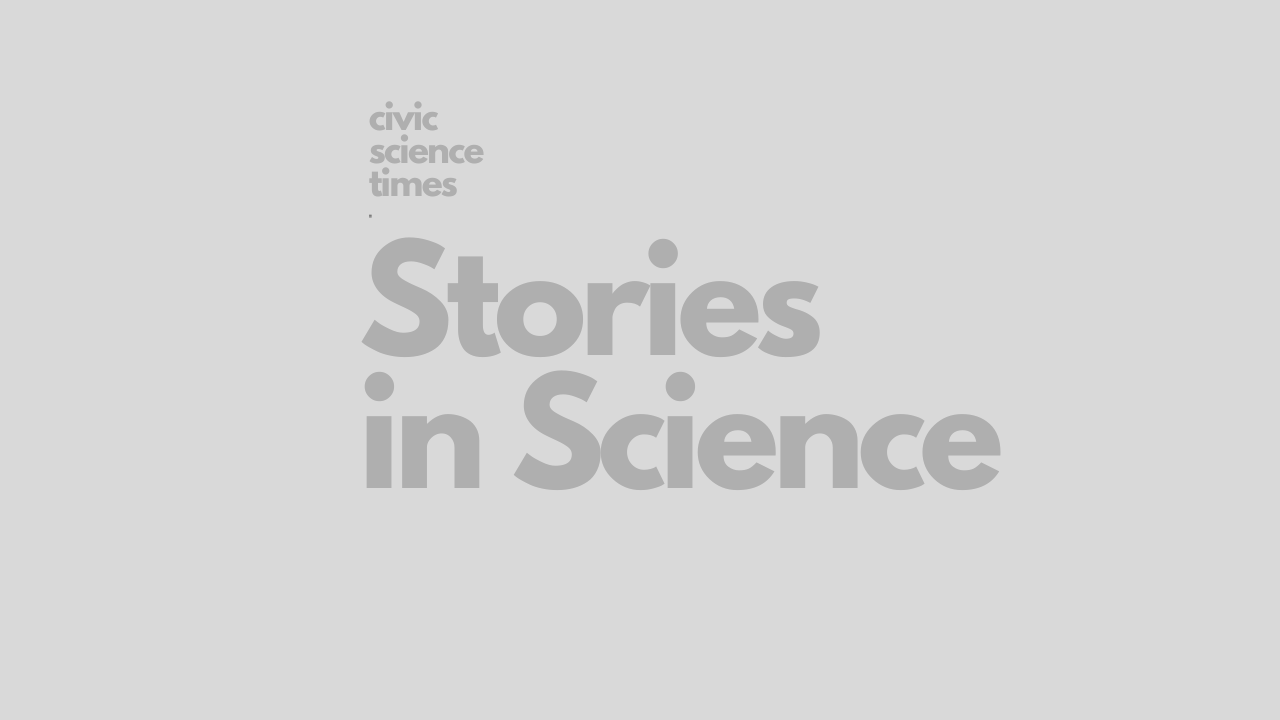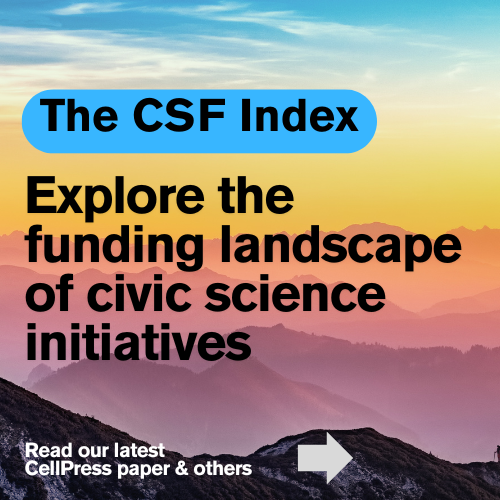CSO - Stories in Science
Making My Way from Mountains to Mud: Part 3

– by Robin McLachlan –
[dropcap]W[/dropcap]e teach school children that science is inaccessible and scientists are socially inept. Crazy scientists hide behind lab benches. They are disguised beneath white coats and thick glasses. Their hair is disheveled, their motivations shady, their sentences long and entangled in complexity. I wasn’t impressed with this type of science. My journey into science wasn’t sparked in school.
My journey started in the mountains, deep in a cave, as a naïve teenager (Part 1). I took a turn down a river, dove into real research, and emerged transformed (Part 2). Now, I am a graduate student studying muddy coastlines. And, I am stuck in the middle of an affair between my two true loves: science and communication.
This polygamous relationship had a bumpy start. Four years ago, I applied to enter the academic ivory tower. My application was filled with sentences like this:
“Since the Mekong Delta is extremely vulnerable to inundation and saltwater encroachment due to sea level rise, understanding the sedimentary characteristics of the delta and determining the delta’s response to rising sea level is crucial for the health of global deltaic communities…”
That sentence got me accepted into an oceanography graduate program. That sentence has no place in communication and outreach. It shouldn’t even have a place in academia. I surrounded myself with fellow students who also swarmed to communication and outreach like children to candy; we were captivated and we were inexperienced. But, we were also learners. We joined the ENAGE program. Student-led groups like ENGAGE are sprouting up all over the country to promote good science communication as the cultural norm. We trudge head-on through insecurity, ignorance, and awkwardness and emerge as darn impressive communicators and leaders, if I do say so myself.
I am a scientist. My hair is often disheveled and caked with mud. I do sometimes wear glasses, don a lab coat and gloves, and sit behind a lab bench. But, I’m also a curious naturalist…
My favorite communication tip: step out of the weeds. No one else is entrained as deeply as you are in your own research. Few others understand the extensive implications surrounding the loaded phrase “understanding the sedimentary characteristics of the delta and determining the delta’s response to rising sea level”. Heck, I didn’t either when I wrote that application. Since then, I have learned. I have also learned what interests others. To do that, I had to step so far out of the weeds that I stumbled back into what first sparked my interest: playing in a marsh, my bum and toes buried in the mud, breathing in the salty air and muddy funk, completely awestruck by this habitat’s cultural worth, geologic history, and unpromising future. Now, I conjure up these feelings when I talk about my research. Here’s another go:
“Mud shapes our world. It forms the land we live on, scaffolds our agriculture, stabilizes our communities. Mud is conceived high in the mountains. It is eroded and carried down rivers. It is ultimately deposited where rivers meet oceans. There, mud forms vast and fertile deltas. Like sediment, people flock to coastlines and colonize these deltas, building cities like New Orleans, Venice, Saigon, Rio de Janeiro, and so on, and so on. We live on, work with, and eat from these deltas. We also build dams and extract groundwater and natural gas. Dams block mud from reaching and feeding deltas. Extraction deflates deltas. Thus, our deltas are sinking. We release greenhouse gasses and fodder sea-level rise. Thus, our deltas are being usurped by salty ocean water.
Who will win this battle in Vietnam’s Mekong Delta? Land and cities? Or the ocean? Mud is a key warrior. Research is too. To answer these questions, we must know how much mud there is, where it goes, and how it gets there. Beyond knowing, we must communicate. Knowledge is only powerful when it is partnered with communication and action.”
I am a scientist. My hair is often disheveled and caked with mud. I do sometimes wear glasses, don a lab coat and gloves, and sit behind a lab bench. But, I’m also a curious naturalist, concerned citizen, and science communicator. I’ve made my way from mountains to mud, and am eager to see where the next turn takes me.
Intrigued? You can follow along with more muddy stories by visiting my blog For the Sediment Record.
Featured Image by Bernd Hildebrandt on Pixabay | CC0 Public Domain
The CS Media Lab is a Boston-anchored civic science news collective with local, national and global coverage on TV, digital print, and radio through CivicSciTV, CivicSciTimes, and CivicSciRadio. Programs include Questions of the Day, Changemakers, QuickTake, Consider This Next, Stories in Science, Sai Resident Collective and more.

-
Civic Science Observer4 weeks ago
What are the objectives of the Neurotech Justice Accelerator at Mass General Brigham?
-
Civic Science Observer5 days ago
Meet the New Hampshire organization changing the way we see insects
-
Civic Science Observer2 months ago
Dear Colleagues: Now is the time to scale up public engagement with science
-
Civic Science Observer1 week ago
Dear Colleagues: Help us understand the national impacts of federal science funding cuts on early career researchers in academic laboratories
























